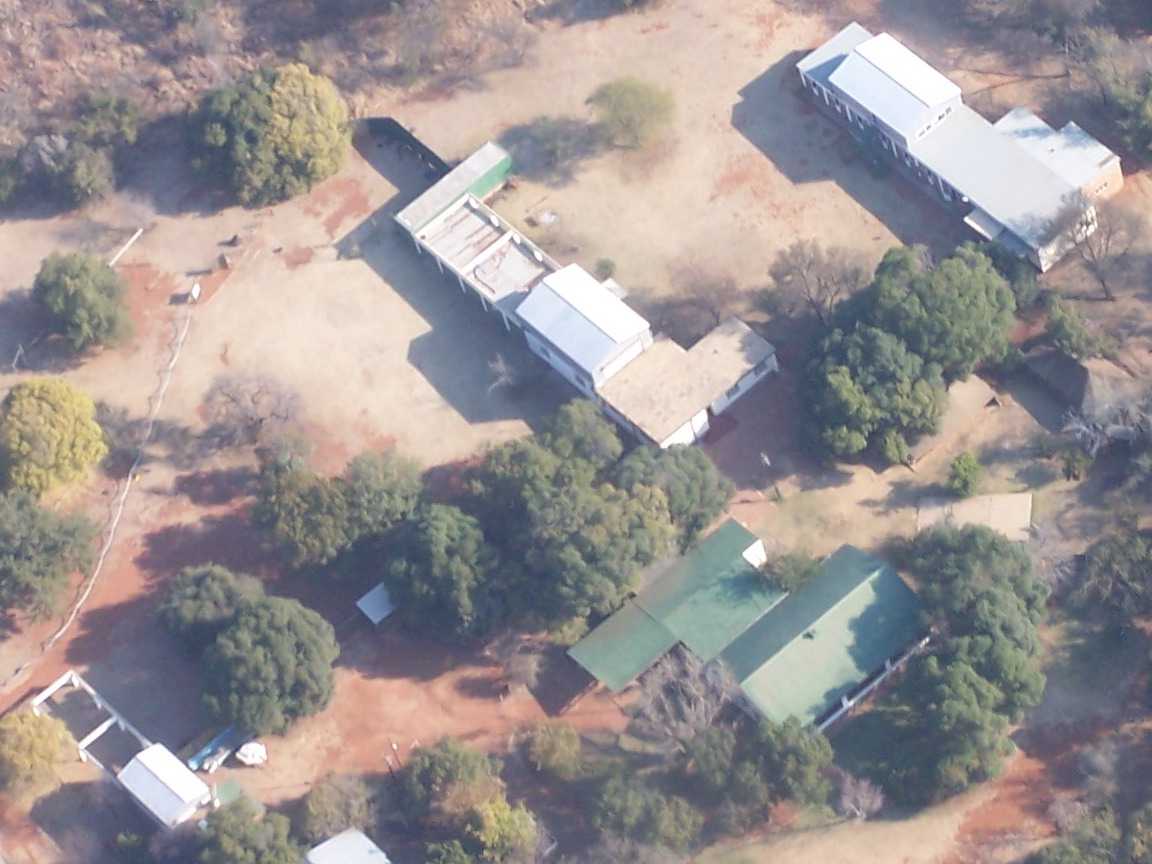Leiden Southern Station (Hartebeespoort)Leiden Southern Station 1954 – 1978 |
||||
|
Index: Current Info; Summary; History; Astronomers; Programmes; Instruments; Sources; Links; Gallery: |
||||
|
||||
|
Noted for:
Variable star observation . Summary: Needing an observing site with a better climate than that available in the Netherlands, an agreement was reached late in 1923 between the Leiden University Observatory (founded 1633) and Union (Republic) Observatories, whereby the facilities of the two institutions were made available to each other. In search of light pollution-free skies, the three Leiden telescopes moved from Johannesburg to state land near Hartbeespoort Dam in 1953. In time light pollution, air pollution and the new observatory situated at Sutherland were factors in closing the Observatory in 1978. This facility and its telescopes were used primarily by astronomers from the Netherlands. |
||||
|
Historical background:
|
||||
|
History:
|
||||
|
|
||||
| • Willem de Sitter, a renowned astronomer in Leiden, a colleague of Albert Einstein and one of the pioneers of Relativity Theory, met Robert Innes while both were stationed at the Royal Observatory in Cape Town. Later, when Innes became director of the Union Observatory and De Sitter became Director of the Leiden University Observatory, they agreed to share facilities. • Enjar Hertzsprung was the first astronomer to be sent by Leiden to the Union Observatory. He, independently from Henry Norris Russel, around 1913, had first put forward the idea that later became known as the Hertzsprung-Russel Diagram. (Mitton) Herzsprung commissioned the building of the Rockefeller Twin Astrograph to use in South Africa. • Hendrik van Gent (1899-1947) was a variable star observer who worked mainly on the Franklin-Adams telescope, which was the property of the Union Observatory. • Willem van den Bos, arrived in Johannesburg from Leiden to work on double stars. He remained in South Africa and became the Director of the Union Observatory. • Adriaan Wessellink was Superintendent of the Station from 1946-1950 while it was based at the Union Observatory in Johannesburg. • Theo Walraven, inventor of the 5-colour photometer, initially used in conjunction with the Rockefeller twin astrograph and subsequently with the Flux Collector. He was Director of the Leiden Southern Station while it was at Hartbeespoort. • Arnout van Genderen made extensive use of the Light Collector and Walraven’s photometer during his residence at the Leiden Southern Station at Hartbeespoort from 1972 to 1978. His principal work was based on variable double star observations. He incidentally discovered the early Iron Age archaeological site at the station which became a national monument. https://www.universiteitleiden.nl/en/news/2020/01/twinkle-twinkle-giant-star • Jan Willem Pel worked at the Leiden Southern Station during three residencies between 1968 and 1978. He completed his PhD on variable star observations during this time. • Jan Lub was based at the Leiden Southern Station in the 1970s. He went on to study the molecular interstellar medium, galaxy centres, star formation, dwarf galaxies, and Magellanic clouds. |
||||
|
|
||||
|
Variable star observation.
|
||||
|
|
||||
| There were three telescopes at this site, two of which remain in their original housing. • Rockefeller Twin 16-inch astrograph, 1938. First installed at the Union Observatory, Johannesburg, and moved to Hartbeespoort in 1957. • Franklin-Adams 10-inch telescope. First installed at the Union Observatory, Johannesburg, and moved to Hartbeespoort in 1954. • Flux Collector 36-inch, 1957, moved to La Silla, European Southern Observatory in 1978. Specifically designed for photo-electric photometry. |
||||
|
|
||||
|
Pictorial Sources: Bibliography: • Glass, I.S., ‘’The Franklin-Adams Telescope’’, MNASSA Monthly Notes of the Astronomical Society of South Africa 74, nos. 5 & 6, June 2015. https://hdl.handle.net/10520/EJC172751 Acknowledgement: |
||||
|
|
||||
|
||||
ASSA
Astronomical Society of Southern Africa


